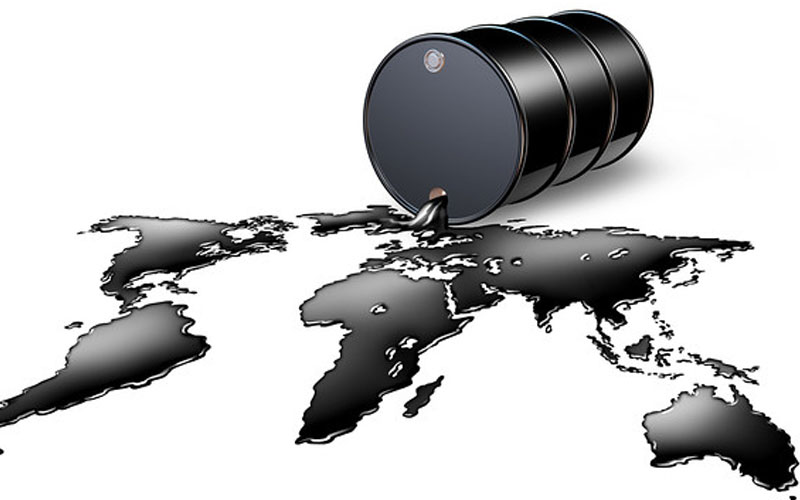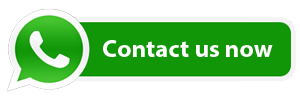Process Measurement & Control Technology

OG-721
Course Description
- Process Control & Instrumentation is becoming an increasingly important engineering topic, since the subject plays a crucial role in the design, operation and maintenance in areas such as power plants and chemical and industrial process plants. Control Systems have advanced dramatically during the last decade. They become more modular and more sophisticated offering a vast variety of control functions for all the systems that operate within a modern “intelligent” facility. Enhanced functionally of the automation systems also means more complexity, interactive strategies, new technologies and systems management with resulting better control and improved reliability.
- This course is designed to update the participants with the latest technologies in instrumentation and process control system. The course will describe the various types of sensors relating to level, pressure, flow and temperature. Also included is an in-depth look at control valves, actuators with associated accessories together with practical valve sizing and selection techniques. The topics of digital field communications and Smart transmitters form an integral part of this course.
- A major part of the course is devoted to detailed exposition of currently used control valves, the associated terminology, valve performance, valve and actuator types, control valve accessories as well as to the correct selection and sizing of control valves for a wide range of applications. The course addresses the important issues related to valve installation and maintenance. In addition, this training course also utilizes an extensive collection of state-of-the-art, externally generated process management and video material concerned with all aspects of plant management, including smart wireless solutions to the collection of plant data. In addition, the subjects of digital control systems will be discussed with sessions on Distributed Control Systems (DCS) Programmable Logic Controllers (PLC), SCADA systems and Safety Instrumented Systems (SIS).
Course Objectives
- Apply an in-depth knowledge and skills in process control and instrumentation
- List down the different technologies currently in use in pressure, temperature, level flow measurement
- Identify the types of control valve and use a system approach in actuator selection
- Determine the various process considerations for the instrumentation for industrial applications
- Review and apply the different types of control loop strategies and learn the features and application of Distributed Control System (DCS)
- Discuss the system components and operation of the Programmable Logic Controllers (PLC) and learn the configuration of the SCADA systems
- Acquire knowledge on Process Safeguarding including safety instrumented systems (SIS), safety integrity level (SIL) and loop safety considerations
- Identify the various trends in flow calibration and apply meter proving and become acquainted with field communications
Who Should Attend?
- This course provides an overview for all significant aspects and considerations of basic and advanced process control and instrumentation for process control engineers and supervisors, instrumentation and control system engineers, automation engineers, instrumentation engineers and technologists. Further, process engineers, electrical engineers and supervisors and those involved in the design, implementation and upgrading of industrial control systems will also benefit from practical aspects of this course.
Course Schedule
Day-1
Section 01: Introduction to Process Measurement
- Why Instruments?
- Where do we need it?
- What types are there?
- Types of Process Control
- Intro to Quality Assurance
- Terminology and Definitions
- Measurement Calibration
- Types of Errors
- Main applied symbols
Section 02: Applied Accuracy Terminology
- Accuracy, Precision, Standard Deviation & Variance
- “Playing Darts,
- Repeatability and Reproducibility,
- Variability & Probability,
- Statistical Control & Normal Distribution,
- STD & Systematic Error,
Day-2
Section 03: Pressure Measurements
- Pressure parameters
- Types of Pressure
- Pressure Units
- Types of pressure instruments
- Pressure indicators principles
- Gauge and Diaphragm seal gauges
- Pressure Transmitter
- Strain Gauge, Capacitance
- Piezo Electric Pressure sensors
Section 04: Temperature Measurements
- Principles
- Thermocouples
- RTD’s
- Thermistors
- Non-Contact Types
- Control issues
- Installation
Day-3
Section 05 Flow Measurements
- Volumetric, Mass and Totalized Flow
- Flow Meter Classification
- Turbine Meter, K-factor and Accuracy Range
- Rangeability,
- Positive Displacement Meters
- Variable Area Meters
- Categories 2 : Thermal, Differential and Oscillatory type flowmeters,
- Orifice type ∆P measurement,
- Orifice Types, Advantages & Disadvantages
- Venturi Tube, Dall Tube and Nozzle,
- Pitot type flow meters,
- Vortex type flow meter,
- Categories 3: Electromagnetic, Coriolis and Ultra Sonic flowmeters,
- Doppler & Transit time US meters,
- Multi-beam US,
- Coriolis Mass Flow measurement,
- Magnetic Flow meter,
- Turndown Ratio and Rangeability
Section 06: Control Valves Part
- Control Valve Terminology,
- Flow coefficient Cv and Kv,
- Fail Safe positions,
- Hysteresis,
- Cavitation & Flashing,
- Choked Flow,
- Liquid Recovery Factor,
- Pressure Recovery Factor,
- Rotary Valves: Butterfly, Eccentric Disc, Ball and Plug type,
- Linear type valves, Globe valves.
Section 07: Principles of Process Control
- Reasons for Process Control,
- Standard Terminology & Symbols,
- Process Variables,
- Response times / Time Lags,
- Transducer / Sensor,
- Final Control Element,
- Control Objectives,
- Types of Errors,
- Open and Closed Loop Control,
- Disturbances,
- Control Algorithm,
- Control Actions,
- Self-Regulating Control,
- Proportional action and Controller Gain,
- Types of Control Algorithms,
- Proportional Band,
- Process Response Curves,
- Properties of Integral Control action,
- Derivative action and understanding,
- Three mode Controlling,
- Specific Controller mode selection,
- Typical Control Loops,
- Cascade Control,
- Feed-forward Control,
- Introduction Controller Tuning?
- DCS Control systems
Day-4
Section 08: Control Valves
- Changing the characteristic of a valve,
- Cage guided Valve,
- Process inherent characteristic,
- How to select the right valve,
- Valve (standard) leakage rates,
- Types of Actuators,
- ESD valves,
- Valve Positioners,
- Volume Boosters.
Section 09: Level Measurement
- Applied principles for Level Measurement,
- Buoyancy systems,
- Servo Tank Gauging systems / Honeywell Enraf,
- Displacer type level transmitter,
- Hydrostatic measurements,
- Open / closed vessels with Wet and Dry Leg impulse lines,
- Bubble tube measuring method,
- Weighing method,
- Ultra Sonic method,
- Radar type method,
- Non-contact and Guided Wave systems,
- Vibrating type Detectors,
- Float Level Switch,
- Conductivity method,
- Capacitive method,
- Nucleonic Level measurement,
Section 10: Introduction DCS systems
- Introduction Distributed Control,
- DCS Hierarchy, Functions & Features,
- Control & Monitoring,
- DCS Architecture,
- Main parts and modules,
- Properties of different DCS systems : Honeywell, Delta V, Yokogawa Centum, Foxboro
Day-5
Section 11: Programmable Logic Controllers
- Introduction,
- History,
- Current Position,
- Principles of Operation and features,
- System Components,
- I/O Interfaces,
- Methods for Configuration.
Section 12: SCADA systems
- What is a SCADA system
- Overview of the main parts
- Field Instrumentation
- Data Acquisition
- Control Loop
- Supervisory Control,
- Remote Terminal Unit (RTU),
- Master Terminal Unit (MTU),
- SCADA Server,
- Communication Equipment,
- Operation,
- System features,
- Levels of Hierarchy,
Section 13: Introduction Safety Instrumented Systems
- Safety Instrumented Systems: What is safety / safety system?
- Position SIS in a total control system.
- Standards.
- What is IEC 61508
- System Integrity.
- How to compare IEC 61508 and TÜV.
- SIS Logic Solver .
- SIL and Pfd.
- Proof Test of Devices.
- DETT and ETT.
- Redundancy for Sensors and Final Elements,
- Safety PLC design,
- Common Industrial Failure Mechanisms,
- Safety PLC – Diagnostic features.
- Redundancy & Diversity.



